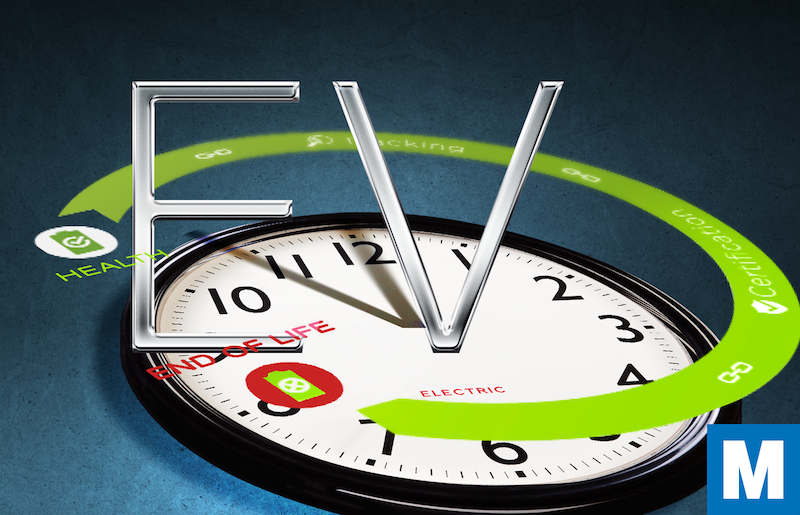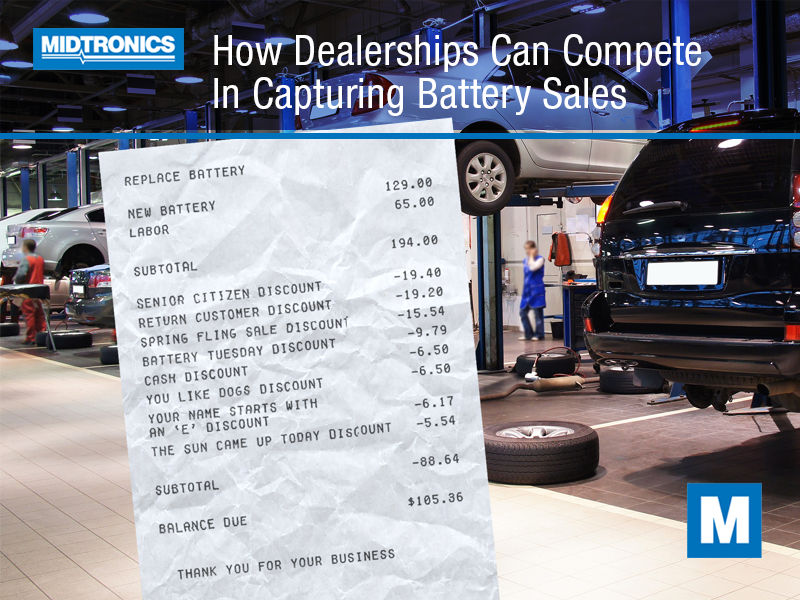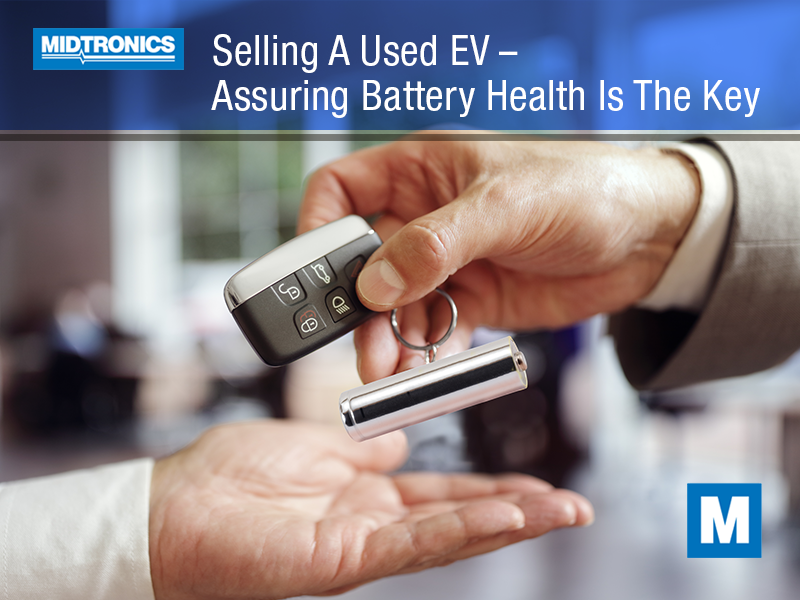The average EV car battery will last around eight years or longer, and you can typically expect well over 100,000 miles from the original equipment battery. That’s what every electric car manufacturer offers for warranty on it and sometimes longer, but an EV battery’s lifecycle goes far beyond that relatively short time frame.
The birth of a high-capacity battery begins well before it’s installed into a vehicle, and it extends for many years after its useful life expires in a car. Read on about the lifecycle of an electric vehicle battery.
Mining raw materials
Every EV battery in production today requires minerals that have to be mined from the earth. One of the most prolific materials is lithium, whether from mining out of the ground in the traditional sense or by extracting it from salt lakes. Lithium ions transport energy between the anode and cathode in each battery cell.
Along with lithium, nickel is mined for use in the cathode in lithium-ion batteries. It’s used for its ability to store higher energy capacities, and only the highest class of nickel is sufficient for use in this way.
Cobalt is also a material that has to be mined for EV battery production. It’s used to stabilize the cathode when energy is being passed between the two electrodes. Cobalt often has controversial mining practices and needs to be processed before it can be used.
Along with these common materials, manufacturers require other elements like manganese, iron, aluminum, and graphite.
Manufacturing batteries
After material procurement, batteries are assembled. Each battery pack is made up of battery modules, all connected together for high-capacity storage of energy. Each battery module is assembled from individual battery cells that are cylindrical and look much like an AA battery for everyday household use. The cells are essentially an anode, an electrode, a separator material, and an electrolyte, but precision is paramount.
Manufacturers assemble battery packs to suit each of their platforms. The modules are connected, and a monitoring system keeps close watch on their condition and charge level. Once the battery packs are assembled, they’re installed in EVs.
Use in electric cars
Battery packs that are assembled are put into use as soon as possible. The battery is connected to electric motors that drive the wheels and integrated with a control module. When the driver commands power to accelerate or to use functions in the car, the control module meters the stored energy out to its systems. Silicon-controlled rectifiers, or SCRs, perform a similar function as a throttle cable, sending varying levels of electricity to the drive motors so the battery isn’t depleted too quickly and the motors aren’t strained unnecessarily.
Generally speaking, an EV battery can last well beyond its warrantied period of eight years or 100,000 miles. Some are said to last between 12 and 15 years when used in moderate climates while 12 years might be the maximum in extreme climates. What dictates the EV battery’s usable life before noticeable degradation is the number of charge cycles it goes through. Most lithium-ion batteries will hold their charge capacity through 1,500 to 2,000 complete charge cycles – that is, running down to 0% and recharging to 100%.
Since an EV has safeguards in place to prevent fully discharging the battery pack as well as charging to a true 100% capacity, you should be able to expect many times that number of times charging your car. Because EV technology is still relatively new, it isn’t known exactly how long you could stretch an EV battery’s life if it’s properly maintained.
When the battery has deteriorated to a point where the range is compromised by around 30% of its expected range, batteries are replaced. Since the battery cost is extremely high – well over $100 per kWh currently – it can be untenable to change the battery and keep the car on the road. Whether the battery is changed or the vehicle ends up getting scrapped altogether, it represents the end of its use as an EV car battery, but that isn’t the end of its lifecycle.
Second-life usage
After being used for a decade or longer in a vehicle and finally being taken out of service, battery packs can often find what’s being referred to as second-life usage. Rather than being decommissioned completely, their storage capacity is still good enough for use in other applications.
Batteries can be refurbished to make sure they can operate safely albeit with lower capacity than originally, and put into service for other uses. In some cases, another five to eight years of usage could be possible depending on the integration. One option is a backup battery for power outages for communities with a collection of EV batteries repurposed. One example is in Lunen, Germany where 1,000 BMW i3 battery packs contain 12 MW of energy as backup power.
Smaller uses like solar energy collection for cottages are even more likely, and it puts batteries with less capacity to good use before disposal.
Disposal and recycling
Finally, batteries are recycled and their raw materials recovered. Companies all over the world are getting into the business of recycling EV batteries, preventing toxic and flammable components from entering the environment. As well, materials like lithium, cobalt, and nickel can be recovered and reused to manufacture new batteries.
It’s a time-consuming process that’s often handled manually for the highest yield, capturing around 80% of the highly desirable elements. Battery packs are separated into modules, then into individual cells so they can be stripped of the materials. Other processes like burning the cells or dissolving them in acid speed up the process but have lower recovery rates.
Where the lifecycle will improve
The coming years will see major improvements in almost every aspect of EV batteries. Materials that are less costly to produce can streamline procurement, and battery manufacturing will inevitably get much faster and less costly. Along with more research and new technology coming to market soon, EV batteries may last longer than they do now, and secondary usage and better recycling techniques could reinforce electrified vehicles as a truly green mobility option.




